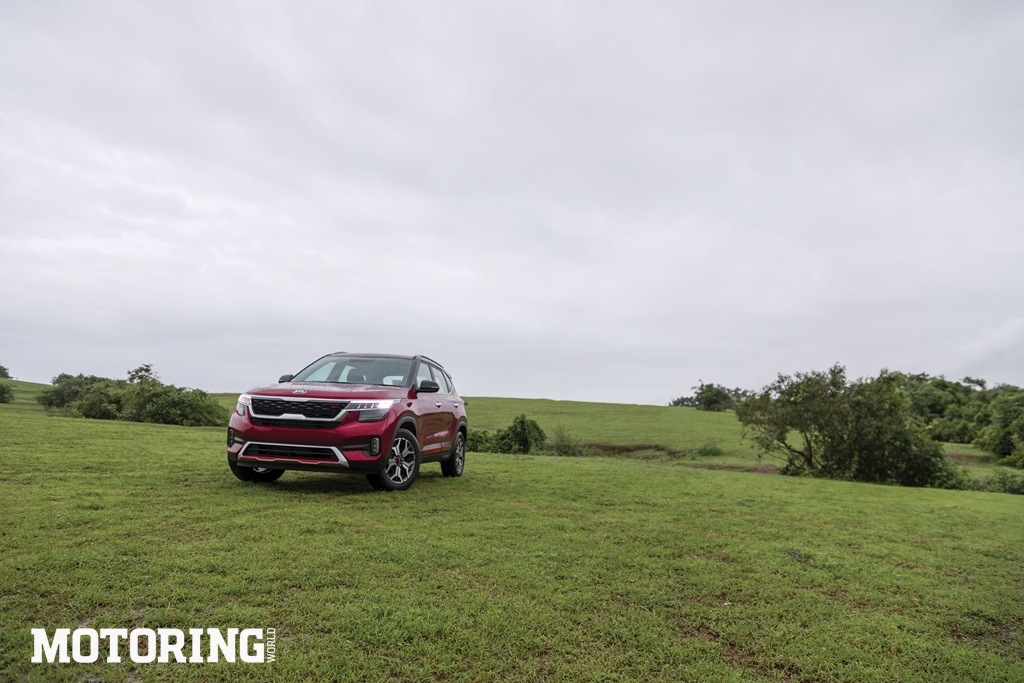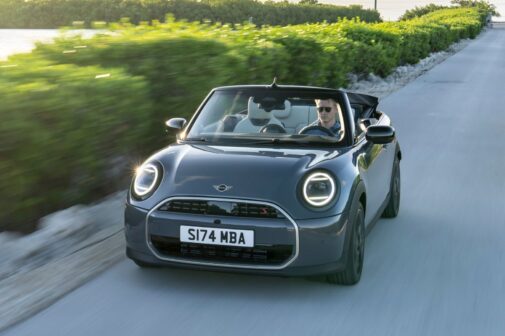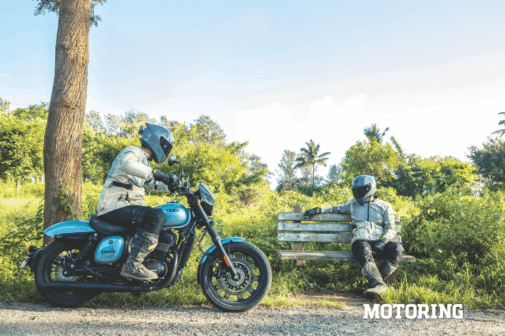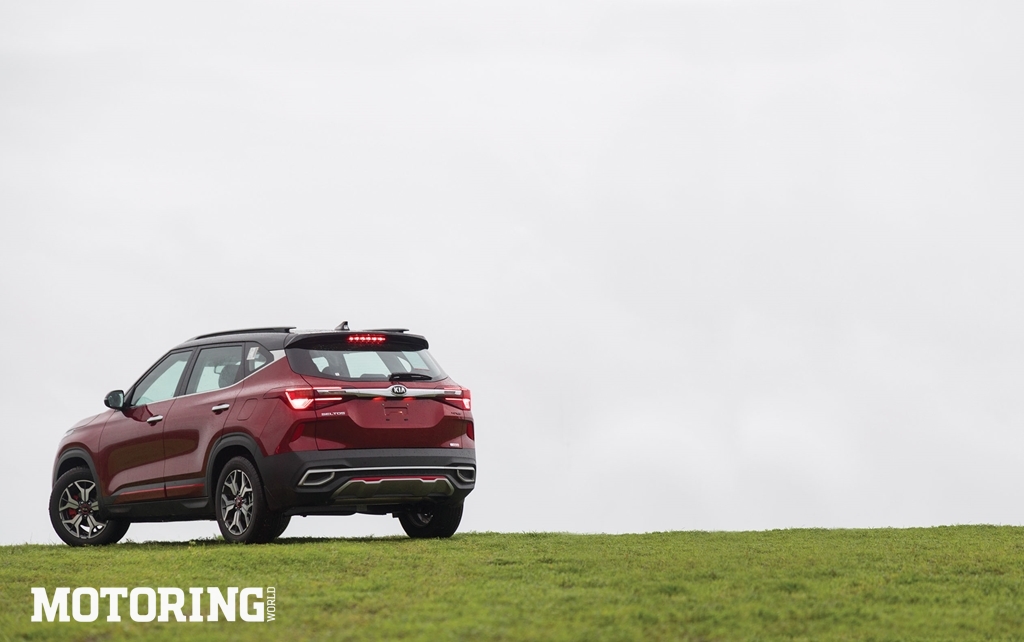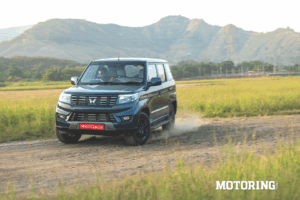Photographs by Kaizad Adil Darukhanawala

How can I tell? Well, primarily because of the car you see on these pages: the Seltos. If you think back, you may remember the SP2i concept that Kia brought for us at the last Expo, and based on the amount of interest it garnered, I think it’s the right move to bring this in as its first product. And why not? It’s an SUV, and we certainly seem to love SUVs to bits. It’s large, stylish, imposing, and it stands out from the rest of the cars. That, I believe, is as good a start as any already. And having had a go in the car in a torrential Goa where it was almost impossible to get any shots of the car (these photographers and their complaining…), I can tell you that it’s been absolutely worth the lengthy wait.
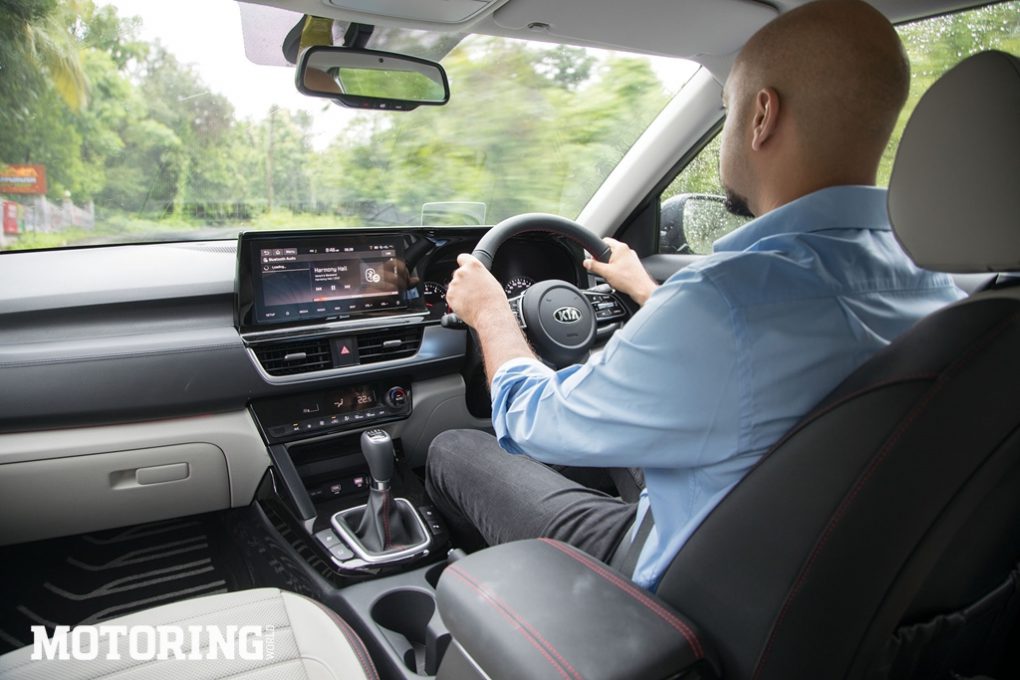


As for the drivetrain options, well, you’ve got a lot to choose from. There are two petrol options and one diesel, all with the option of a 6-speed manual or an automatic. The 1.5-litre petrol puts out 113 bhp and 14.6 kgm gets the option of a CVT, while the 1.4-litre turbo petrol that puts out 138 bhp and 24.6 kgm gets the much-fancied 7-speed dual-clutch auto. The 1.5 diesel makes 113 bhp and 25.4 kgm, and this gets a 6-speed torque converter. Phew. Confused yet?
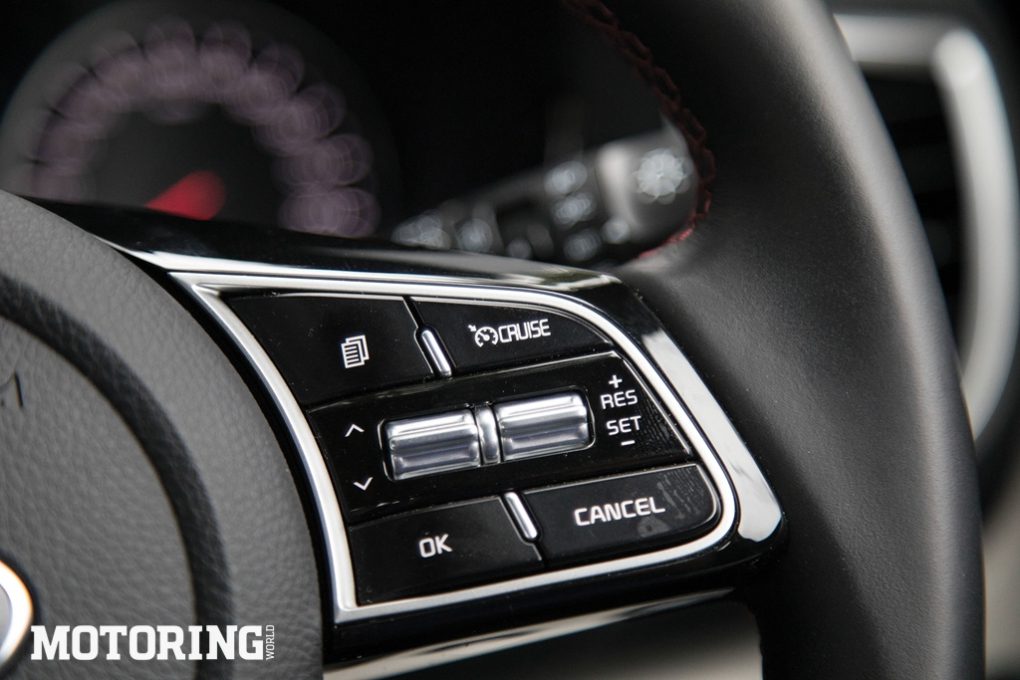
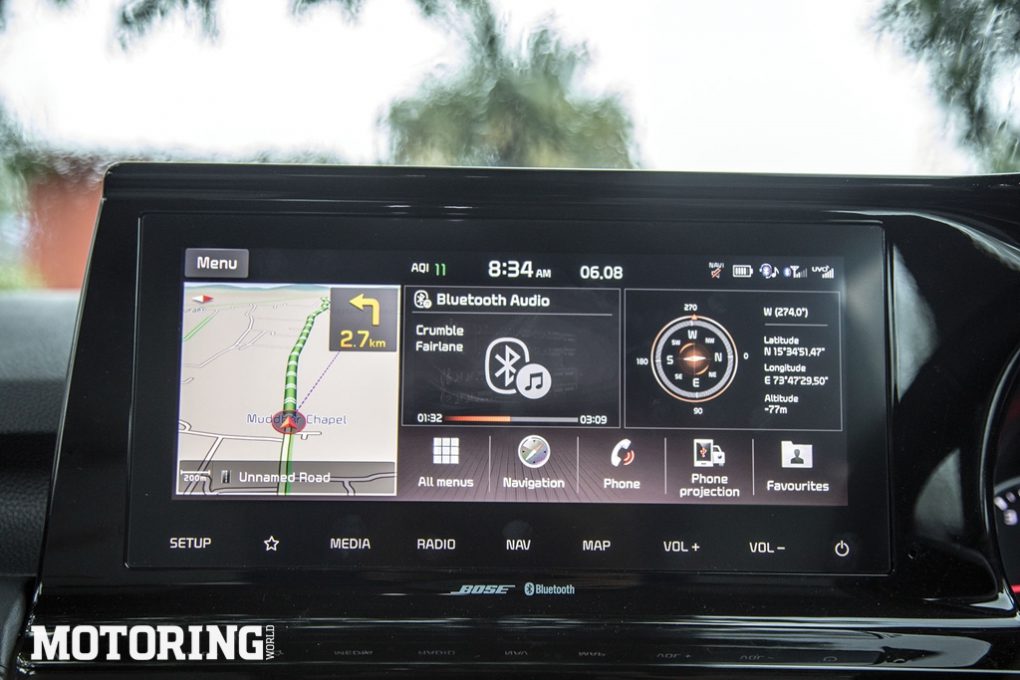
I’ll break it down one by one. The 1.4 turbopetrol manual is quite a lovely thing. Power delivery is linear and comes in quite early (at about 1500 rpm). It’s very easy to get along with the ‘box and the clutch isn’t heavy enough to cause you stress during traffic situations. As for the dual-clutch auto, it’s a nice ‘box with plenty of pep, so it might just be one of the best compromises for city traffic and expressway jaunts. The 1.5 diesel, on the other hand, feels immediately more lively compared to the petrol. There’s an ample amount of torque low down, and it builds quite nicely upto a respectable rpm. What I couldn’t get too comfortable with, however, was the manual ‘box. The shifts felt a bit clunky and not as refined as the petrol manual.
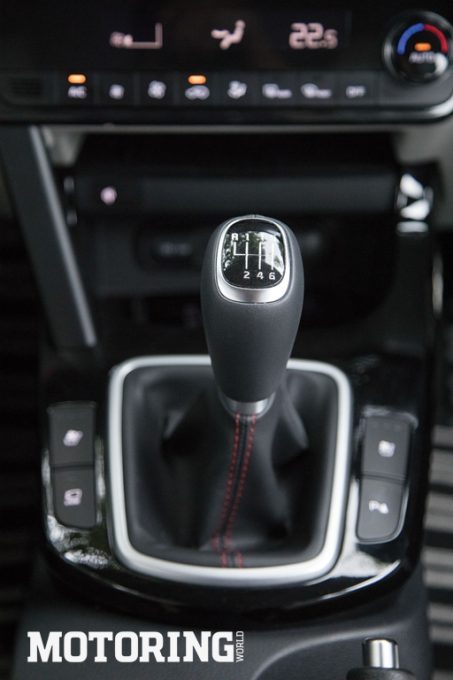
What’s neat is that all the engines get three Drive and Traction modes to toggle from. Drive gets Eco, Normal and Sports, while Traction gets Mud, Snow/Wet, and Sand. The drive modes alter the engine, gearbox (auto) and steering. What the Traction modes altered wasn’t quite explained, but it’s safe to assume that the ABS settings get a rejig. Probably the biggest standout feature of the Seltos is the way it rides. It absolutely demolishes any imperfections on the road, and even when you try to hustle it into a corner, it’s fairly flat all the way through. Quite confidence-inspiring, that.

AUTODATA
Kia Seltos
POWERTRAIN
Displacement: 1363cc, i-4, turbo petrol, 1493cc, i-4, turbodiesel
Max power: 138 bhp@6000 rpm (P), 113 bhp@4000 rpm (D)
Max torque: 24.6 kgm (P), 25.4 kgm (D)
Transmission: 6-speed, manual, 7-speed, auto, 6-speed, auto
TYRES
F/R: NA
DIMENSIONS
L/W/H (mm): 4315/1800/1620
Wheelbase: 2610 mm
Ground clearance: 190 mm
Kerb weight: NA
Fuel capacity: NA
PRICE: Rs 9.69 lakh to Rs 15.99 lakh (ex-showroom)





